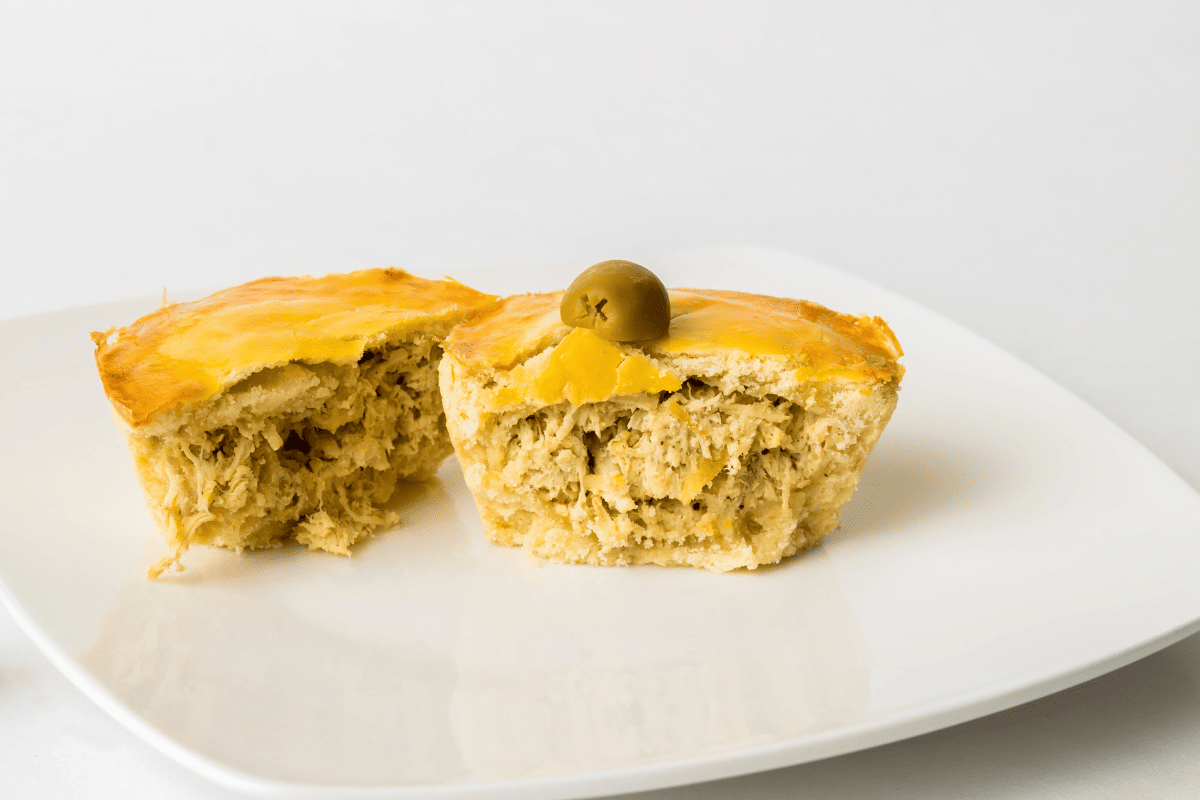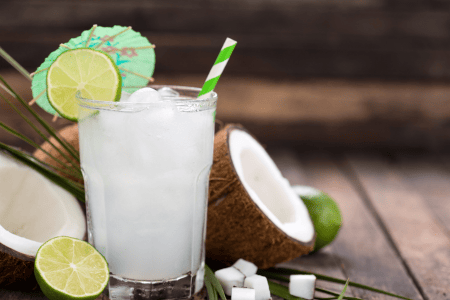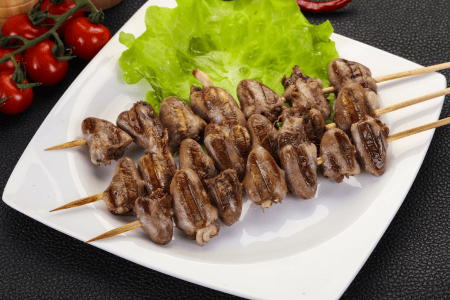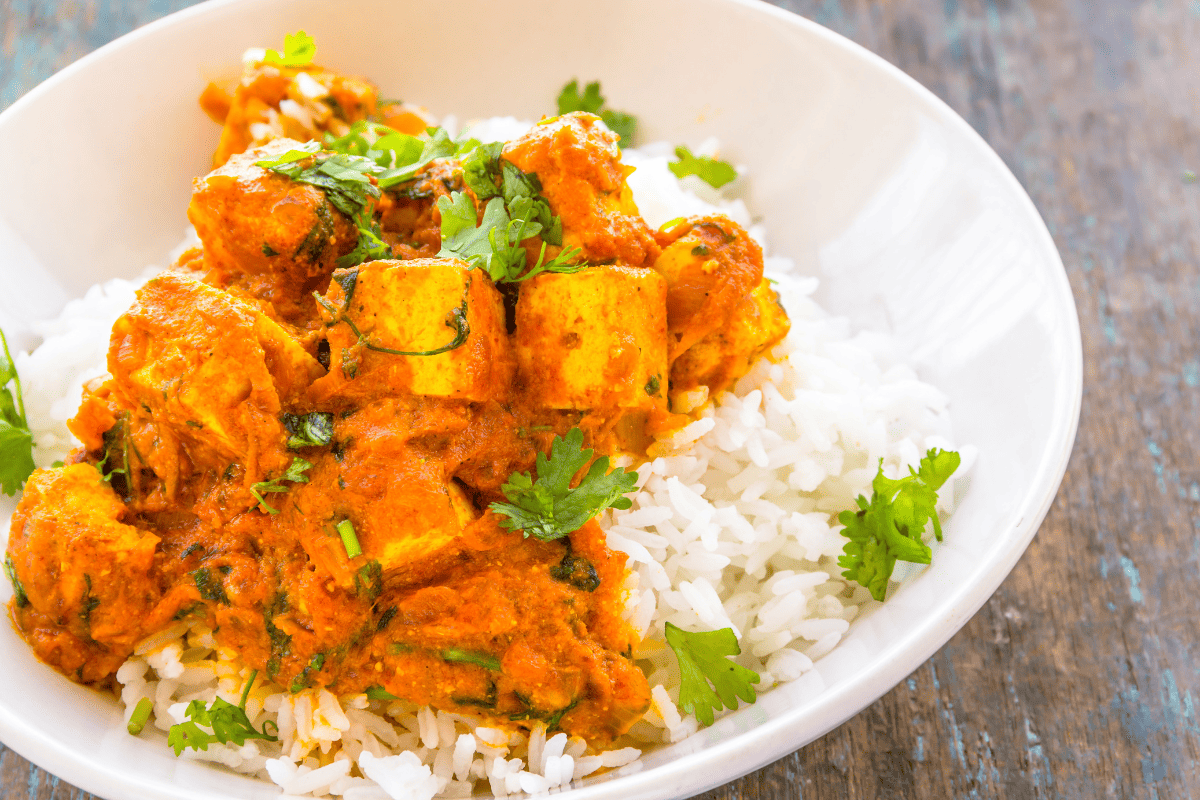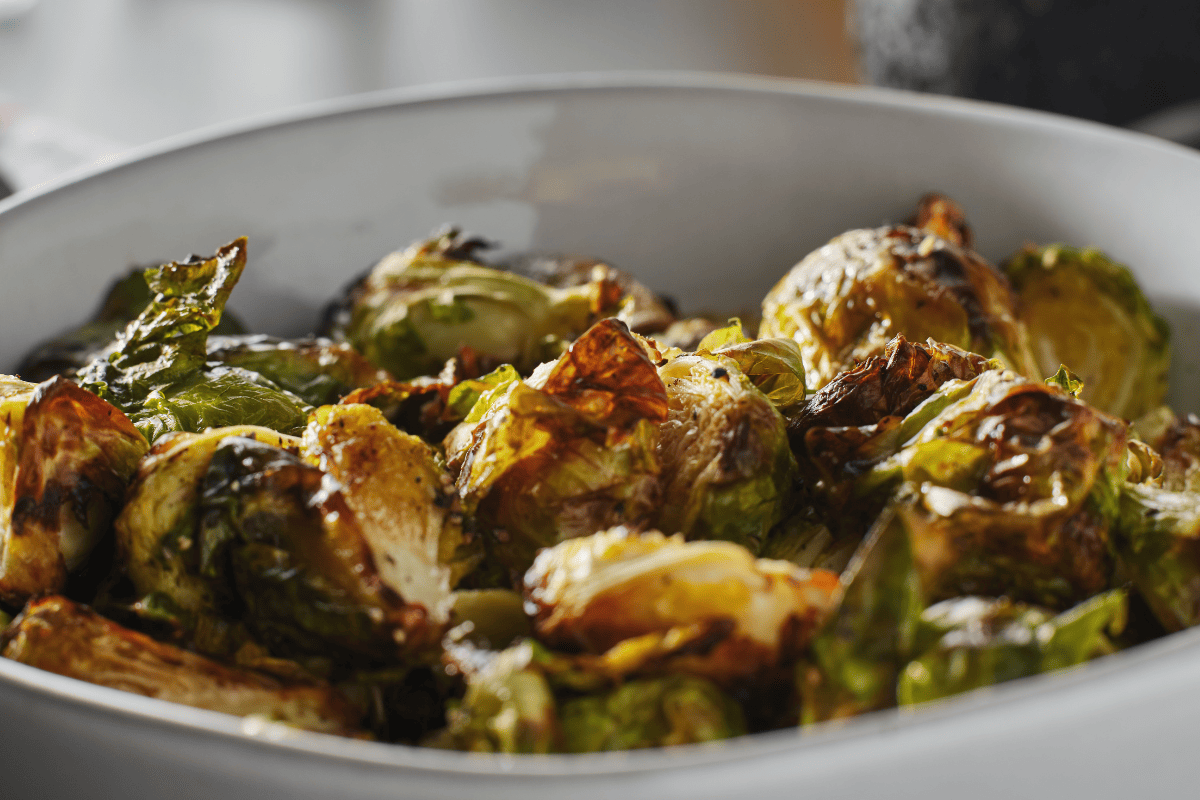
Brussels sprouts were seemingly once the bane of children’s existence. “Eat your Brussels sprouts” was about the worst thing you could hear at dinner time. But Brussels sprouts have come a long, long way from their boiled, bland origins. Like many misunderstood vegetables, they have the potential to be truly delicious, even addicting. It’s all about how you prepare them. Steakhouse Brussels sprouts, for example, are one of the most ordered side dishes, thanks to their crispy-yet-tender texture and the addition of a sweet and spicy sauce. Today, we will teach you how to prepare the perfect steakhouse style Brussels sprouts at home. We bet even your kids will love them.
Where Do Brussels Sprouts Come From?
As the name suggests, Brussels sprouts originated in Brussels, the capital city of Belgium. They have been cultivated in this country since around the 13th century. They were valuable as a hardy winter stock vegetable. They resemble mini cabbages that grow on a vertical stalk, each of which can produce up to two pounds of sprouts!
The original preparation method was simply to boil the sprouts until tender. Nowadays, however, there are myriad ways to cook them, including the now-famous crispy steakhouse style Brussels sprouts we will make today.
Brussels sprouts are in the same family as cabbages, broccoli, kale, collards, and other cruciferous vegetables. They are unusually high in vitamin C and vitamin K, and also have appreciable amounts of B vitamins.
Do Brazilians Eat Brussels Sprouts?
Despite a love of many cruciferous vegetables, including collards and kale, the Brussels sprout remains elusive in much of Brazilian cuisine. Brussels sprouts are cultivated in moderation in the southern regions (not coincidentally where Belgian colonists settled in the sixteenth century). Still, it can be difficult to find fresh varieties in the mercados.
There are few Brazilian foodies working to bring more attention to this “gem” of a vegetable. With their help, perhaps the Brussels sprout will earn a more important place in Brazilian cuisine. For our part, we are adding the Brazilian siren’s song of crunchy potato sticks on top of our steakhouse sprouts to sweeten the deal!
Tips for the Perfect Steakhouse Brussels Sprouts
The most important part of steakhouse Brussels sprouts is a crispy texture. You can ensure your sprouts have the perfect texture by following a few simple tips:
- Blanch the sprouts beforehand. This gives them a headstart in the cooking process and will ensure they are tender. If you skip this step, you run the risk of a crispy outer layer but a tough, bitter center. Don’t skip the blanching!
- Use fresh Brussels sprouts. Frozen sprouts will have too much water to be able to crisp up properly. You may be able to attain a similar texture if you wring out the frozen Brussels sprouts in a paper towel to expel the excess moisture. For best results (and less elbow grease), however, use fresh Brussels sprouts for your steakhouse recipe.
- Bake brussels sprouts at a high temperature. This is necessary in order to obtain that crispy, caramelized texture. If you bake them at a lower temperature they will still be good, but they will miss out on those crunchy edges that are essential in steakhouse style Brussels sprouts.
Best Steakhouse Brussels Sprouts Recipe
Ingredients:
1 lb of fresh Brussels sprouts, trimmed and halved (remove any damaged outer leaves as well)
Extra virgin olive oil
3 tbsp melted, unsalted butter
Kosher salt
Freshly ground black pepper
½ tsp red pepper flakes (more to taste)
1 tsp chili powder
¼ tsp ground cumin
½ tsp garlic powder
3 tsp honey
Potato Sticks for the crunchy topping
Directions:
- Blanch your Brussels sprouts in a pot of boiling water for 5 minutes. Move them to a bowl filled with ice water to halt the cooking process and chill for a minute or so. Strain and drain the spouts over paper towels to let them dry.
- Preheat the oven to 400 degrees Fahrenheit.
- Make the glaze for your sprouts. Mix the melted butter, ½ tsp kosher salt, red pepper flakes chili powder, garlic powder, cumin, and honey together until you have a smooth mixture. Set aside.
- Put your Brussels sprouts on a lined or greased cookie sheet. (Tip: don’t use parchment paper. It tends to steam the sprouts, rather than crisp them.)
- Drizzle the Brussels sprouts with a generous amount of extra virgin olive oil. Season with kosher salt (about ½ tsp) and a few twists of black pepper.
- Bake the sprouts in the preheated oven until they are crisp and golden brown. This should take about 25 minutes. Stir them halfway through the cooking time to ensure even browning.
- Remove your Brussels sprouts and transfer them to a bowl. Drizzle all over with the glaze mix and toss to coat. Serve warm, topped with potato sticks, crispy onion straws, or toasted sesame seeds.
Enjoy!
What to Eat With Steakhouse Brussels Sprouts
Steakhouse style sprouts pair beautifully with grilled chicken, flank steak, or white fish. They are just as tasty on their own as an hors d’oeuvre or appetizer as well. If you need something to grill alongside your glazed Brussels sprouts, visit the Texas de Brazil online Butcher Shop. You can find premium selections of beef, chicken, pork, and lamb in specially curated boxes or a la carte. Go online today to get the best cuts of meat delivered right to your door.

